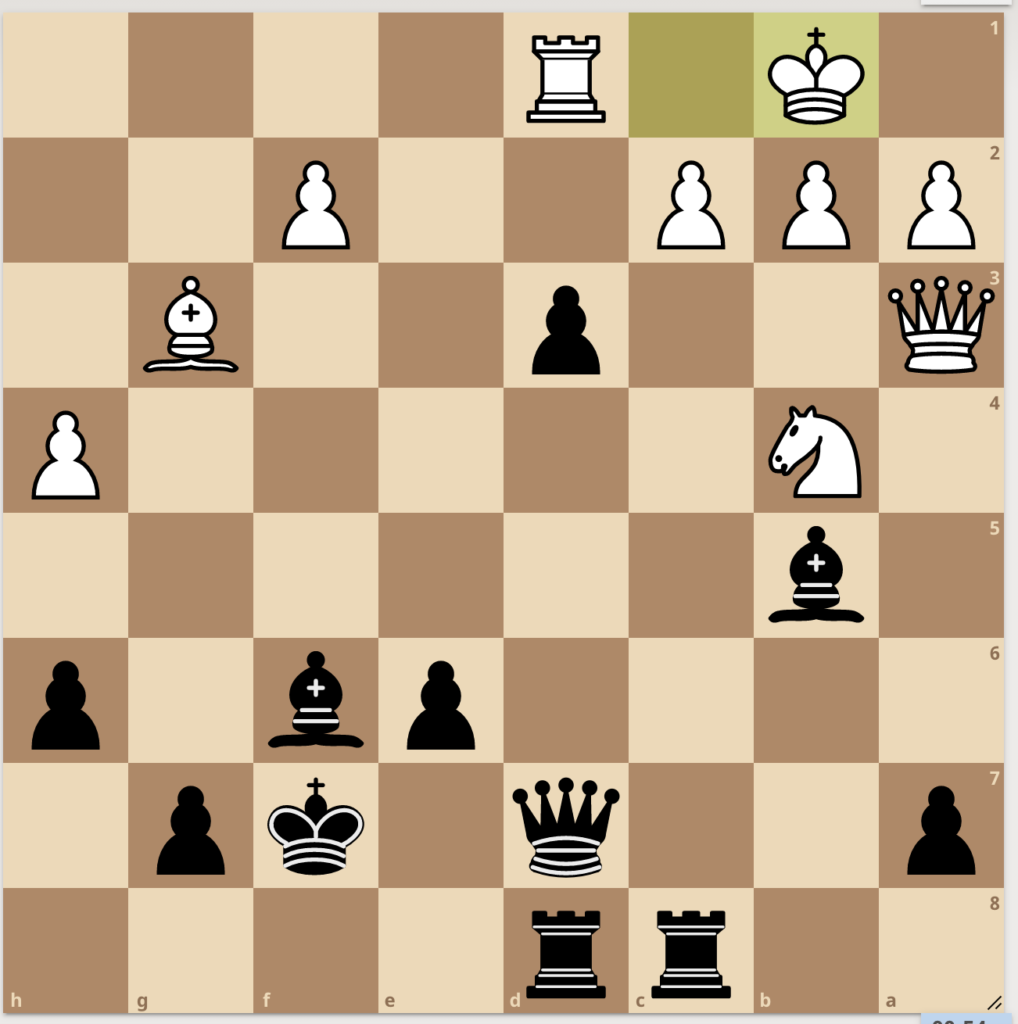This game was really strange. There have been various moments where I could have really taken the upper hand, but I missed many of them. So, I consider it instructive to show how a game could be improved.
I played black, and as I usually do when e5 is played, I responded with c5, going for the Sicilian Defense.
1. e4 c5
2. Nf3 e6
3. d4 cxd4
4. Nxd4 Nc6
5. Nxc6 bxc6
6. Be2 Bb7
7. Nc3 Be7
8. Be3 d5
9. exd5 cxd5
10. Bd4 Nf6
11. g4 h6
At this point, I could have gone for the immediate e5, and after Bxe5, d4, Bf3, Bxf3, Qxf3, dxc3 I would have won a piece.
12. h4 Rg8
Again, there was the option of e5.
13. Bb5+ Nd7
14. Be5 Kf8
15. Bxd7 Qxd7
16. Qf3 f6
Here, there was the option of d4, and after Ne4, Qd5 I would have won a piece.
17. O-O-O Ke8
Again I could have played d4.
18. Bg3 d4
Finally.
19. Qd3 Bxh1
20. Nb5 Kf7
Here Kf7 was really unnecessary, I could have calmly played Bd5 to save the piece.
21. g5 Bc6
22. Nc7 Rac8
Here I started playing very precisely, and, in fact, it didn’t take much time to convert the position into a win.
23. gxf6 Bxf6
24. Na6 Bb5
25. Qa3 d3
26. Nb4 Rgd8
27. Kb1
Here’s the position where a mate in 2 is possible, it’s not difficult to spot, but, here it is.

27. Kb1 dxc2+
28. Kc1 Qxd1#
0-1